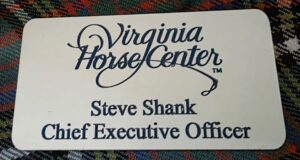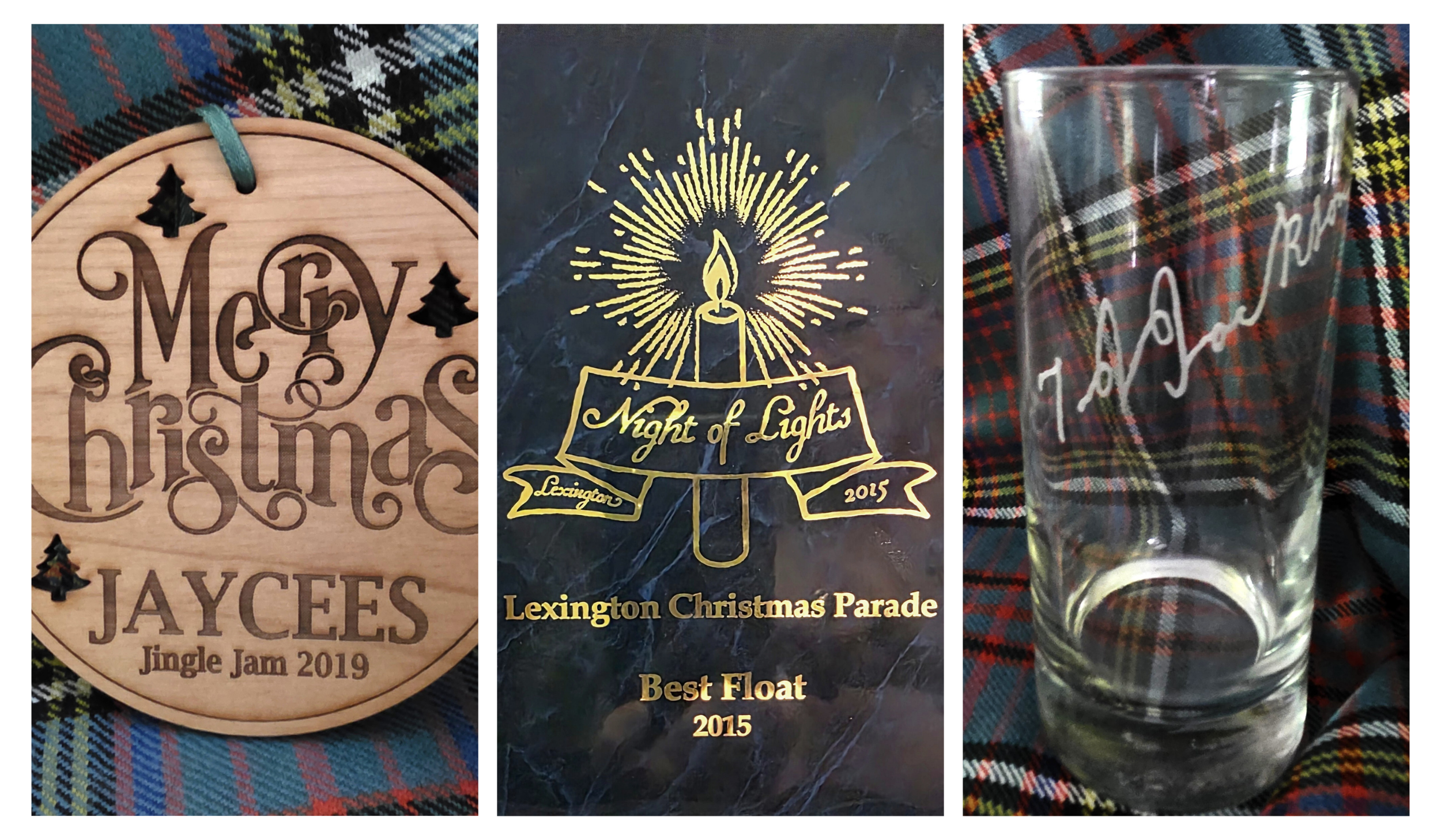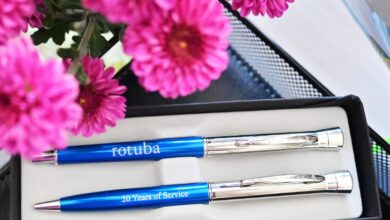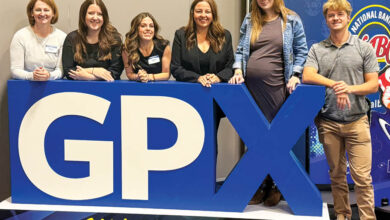Bearing in mind that this series of engraving articles is aimed primarily at new users, working with text could well seem like a very mundane topic, but experienced users may find some beneficial information here as well. Some of this information will also depend on a couple of factors. First is your operating system. Not all fonts are automatically available on both Windows and Mac platforms. Second, as always, different machine manufacturers don’t all operate in the same fashion. So, in working with text, if you’re creating your own text design, you have the luxury of using whichever font you want to use.
The most obvious use for text is going to be in the personalization and awards markets. Let’s start with a few comments about various fonts. Your computer (I use a Windows platform) probably came with a preloaded word processing utility. This utility most likely has its own font library. This may be useful for regular document creation, but it may be limited if you are designing a text component for a graphic. You may be asked to reproduce text from a customer-supplied template.
This being the case, ask the customer for an editable graphic, ideally in the graphics software you are employing. At the same time, ask the customer to identify the font used in their template. That makes everything comparatively simple, until you discover that the font is not supported in your text software. Don’t worry — there are several online libraries of fonts which are available to download free of charge, although sometimes attribution may be required.
Another word of caution: Just because the title is the same as the one you are looking for doesn’t mean it will match the font you need. There are often differences between font titles in different font libraries, and on occasion, it can take some time to find a precise match. If you find yourself unable to find a font that you’re happy with, you can obviously contact the customer and ask if they’ll be happy with an alternative. Of course, they may say no.
 That leaves you with the only option being to trace the text. This can be a lengthy process, but one tip to save time is to duplicate letters and drop the copy into the appropriate place in the required text. As you complete the text, be sure that the text fits the material you’re working with. Some customers don’t always consider that when designing the complete graphic. If you have to reduce or enlarge the text to fit your boundaries, think about doing the same with the graphic portion so that everything stays in proportion.
That leaves you with the only option being to trace the text. This can be a lengthy process, but one tip to save time is to duplicate letters and drop the copy into the appropriate place in the required text. As you complete the text, be sure that the text fits the material you’re working with. Some customers don’t always consider that when designing the complete graphic. If you have to reduce or enlarge the text to fit your boundaries, think about doing the same with the graphic portion so that everything stays in proportion.
There are occasions when you may need to reproduce handwritten text, such as signatures. Naturally, this will require tracing — people just aren’t considerate enough to use established fonts! While we should do our best to get as close as we can to the text provided, one saving grace is that people tend not to sign their names exactly the same way every time.
I would suggest that if you are being asked to reproduce anything of length, try and convince the customer, if you can, to use a standard font. Again, there are a lot of fonts available online that look like old-fashioned writing. Tracing is possible, particularly if you use the copy and paste approach, but a lengthy piece can prove too time-consuming to be economically practical for you. (Always remember your time is worth money.)
So, being comfortable with using text gives you another string for your bow. Practice using established fonts or copying ones you can’t find. Giving your customer options is always an opportunity to make money!




